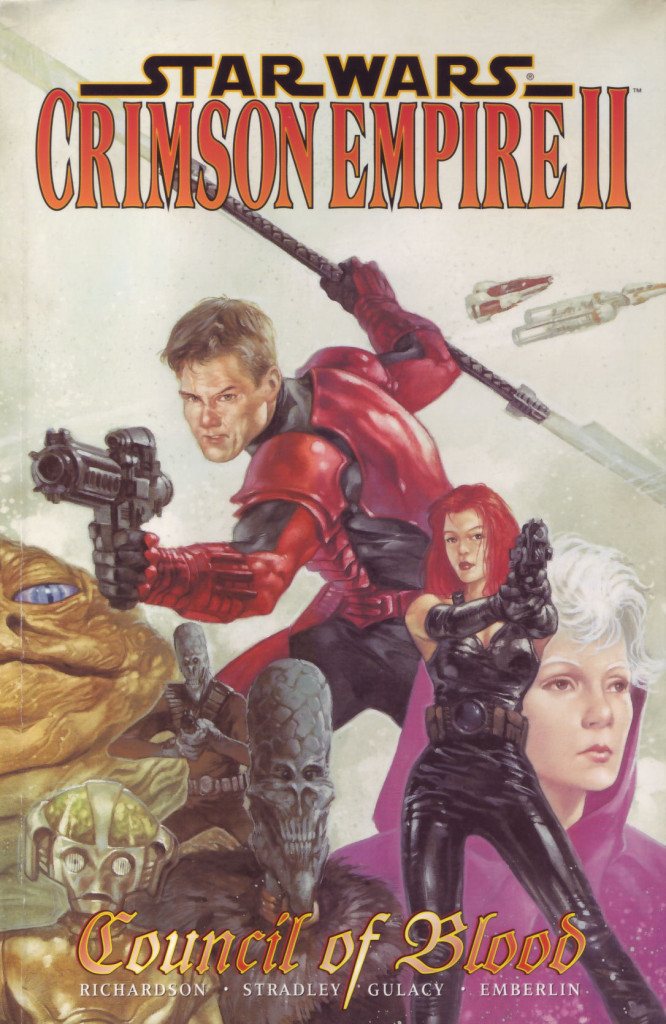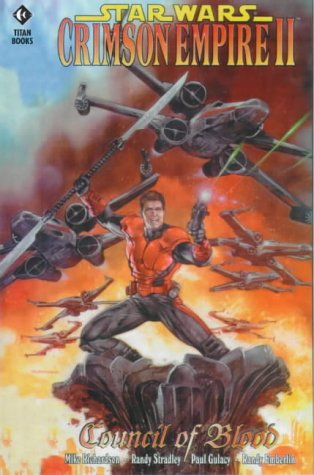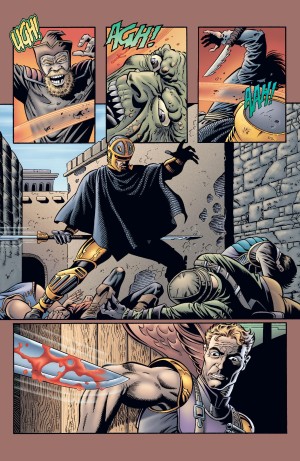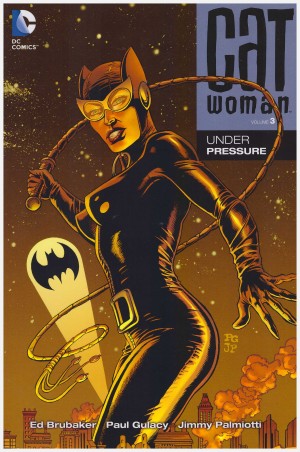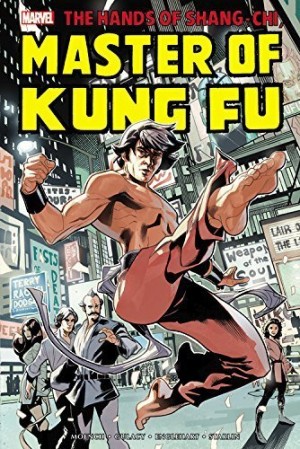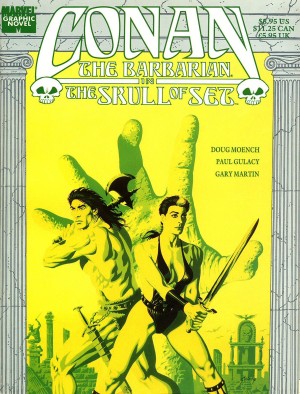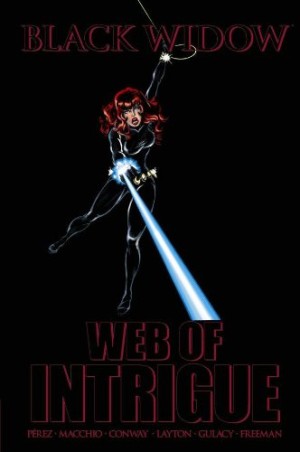Review by Jamie McNeil
Spoilers in review
The Imperial Ruling Council is in disarray after the death of Carnor Jax. Members are vying for power, the mysterious Nom Anor manipulates events behind the scenes while assassinations increase mistrust among members. Crime boss Grappa the Hutt and the Black Sun criminal organisation make a tidy profit from the conflict between the Empire and the New Republic, so their plans consist of keeping the sides too busy to worry about them. Kir Kanos, the last survivor of Emperor Palpatine’s royal Guard, is hiding in plain sight within Grappa’s organisation. This is despite a bounty on his head equal to the price of a small galaxy, which has inspired every known bounty hunter to track him. Mirith Sinn has her own reasons for finding him, but are they as simple as she states?
Continuing from the opening Crimson Empire, Randy Stradley and Mike Richardson waste no time in setting up some interesting opening sequences that initiate a tense tone. It’s intrigue after intrigue, the shadowy plots and double-crosses entertaining and, in one scenario, very amusing, and the whole play for power with disastrous consequences works well without feeling contrived. What binds it together are the very human interactions and emotions of the players. The first two chapters go relatively smoothly, but then the narrative inexplicably falls apart. Neither Kir Kanos nor Sinn are central to this story, although they are the major players, so when Stradley and Richardson do eventually get round to them we’re presented with predictable unrequited romance filler. Sinn trying to convince Kanos to think beyond his oaths to Palpatine would be a natural progression in their relationship, but is forced and awkward and doesn’t succeed in gluing the different story strands together. It ends up feeling hurried, brilliant ideas and interesting characters poorly employed to weaken what was potentially an excellent sequel.
Paul Gulacy provides some really beautiful detail to planets and star cruisers, his scenery encompassing everything from sophisticated cities to primitive mud huts and savage rituals. Vistas are beautifully coloured by Dave Stewart and inker Randy Emberlin does a good job of keeping the details in these scenarios sharp. Battle scenes in particular are where the artwork comes together, and while there is nothing as epic as the previous book’s duel scenario, they still impress. A previous problem was that some characters were better rendered than others, and that hasn’t changed but Mirith’s portrayal has improved, if only slightly. The art is typical of late 1990s comic work in some places so it feels a little strange now, but is the best thing about Council of Blood. It is much better as part of a greater story than it is on its own, which is evidenced when collected with the other volumes in The Crimson Empire Saga. The story continues in Crimson Empire III: Empire Lost.
